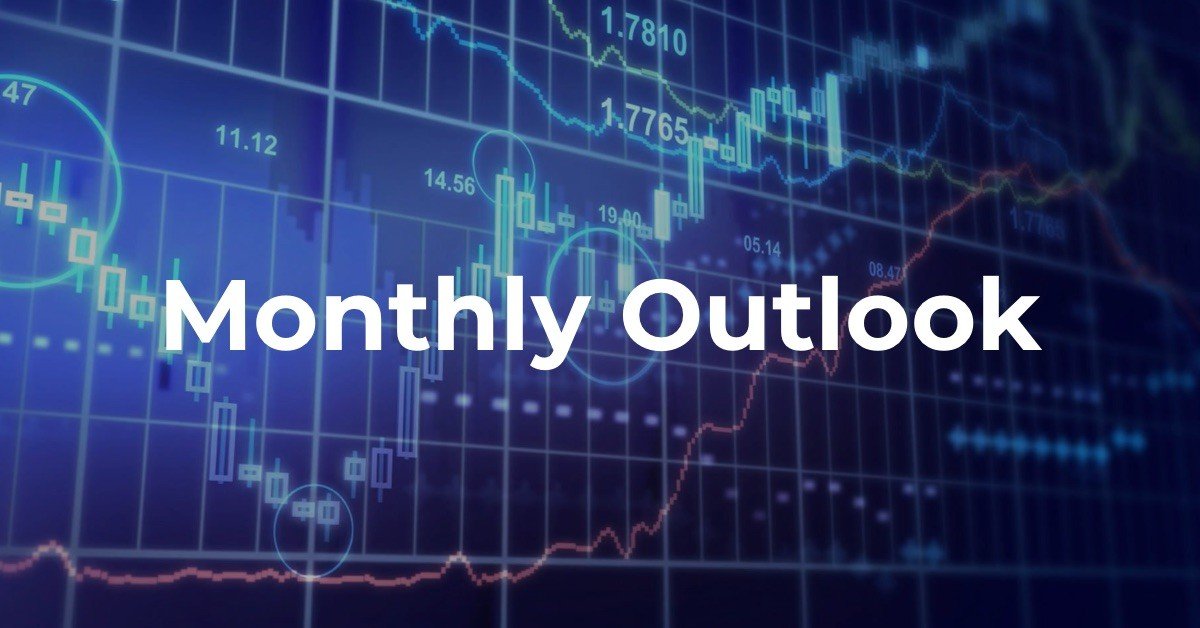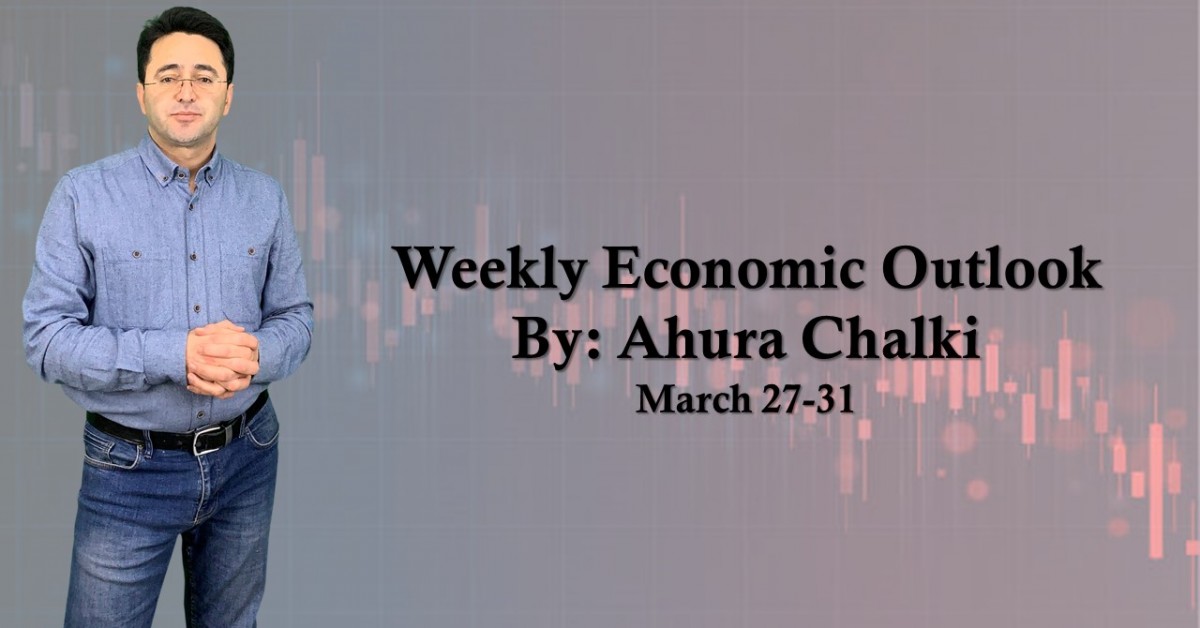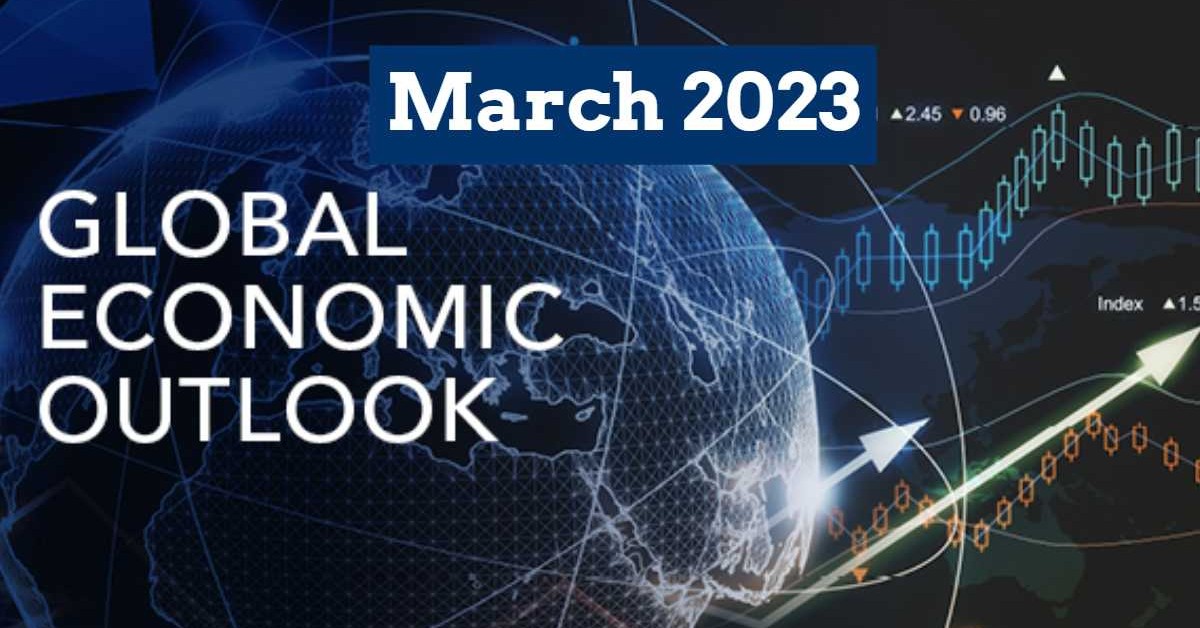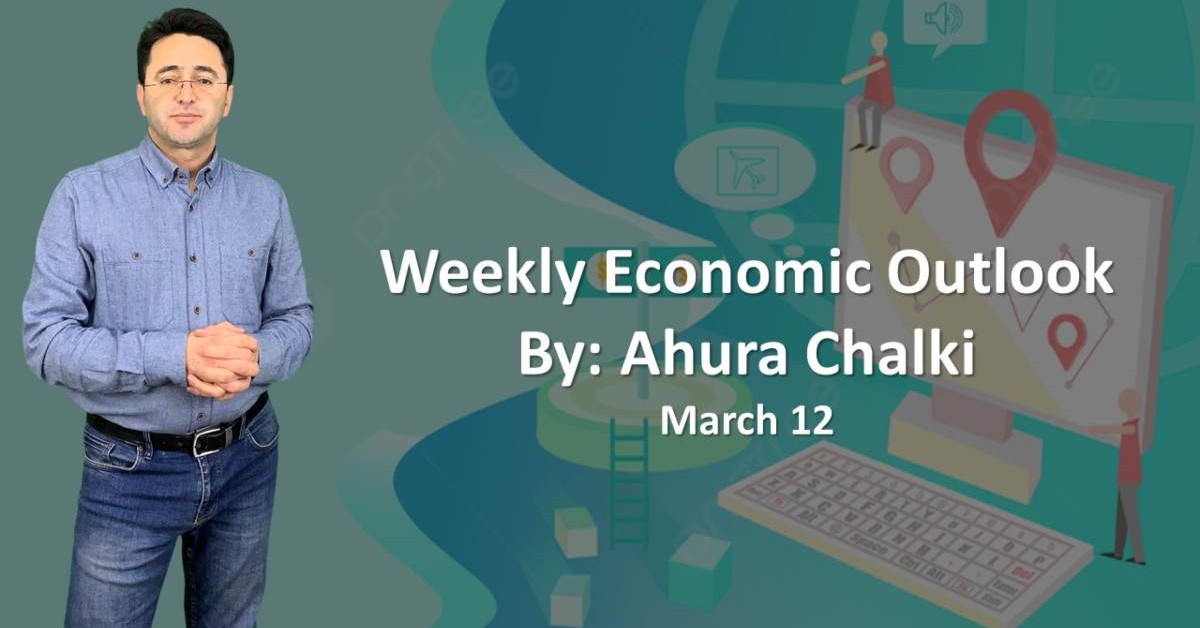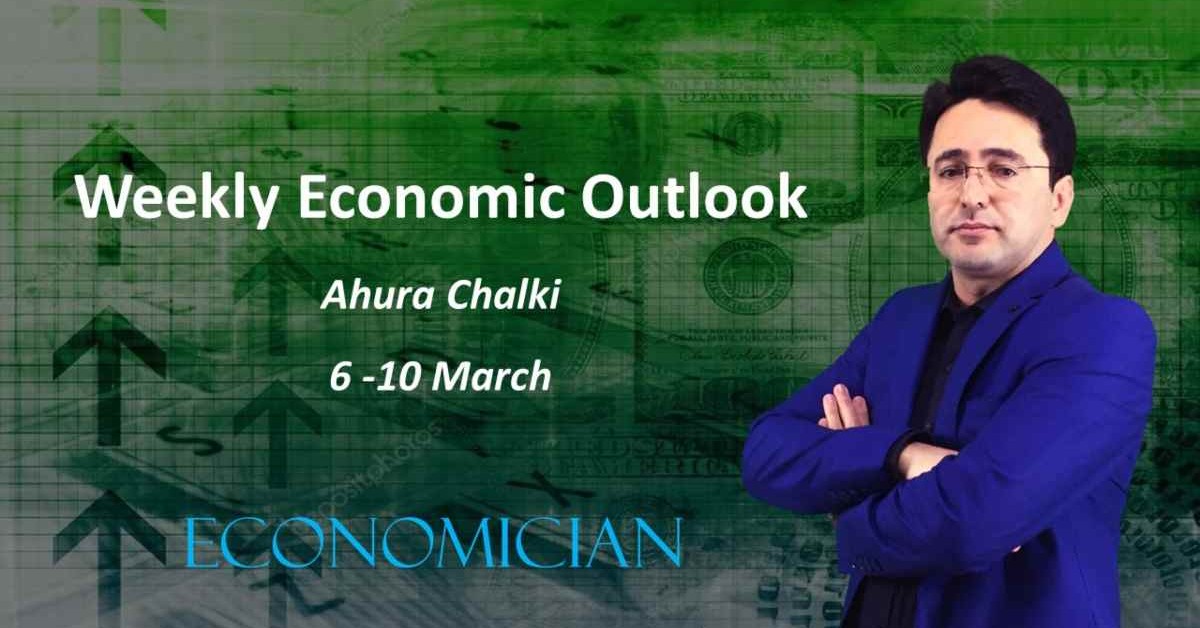October correction moved to November?
While many analysts were waiting to see the correction from the second half of November, in the end, the S&P 500 ended with an all-time high gaining 6.9%, for its biggest monthly gain of 2021. That means that SP500, at the end of October, was up more than 22% since the beginning of 2021, while the Dow Jones Industrial Average, Nasdaq Composite, and Russell 2000 are all up at least 16%. Let's see what market expectations now for November is!
US Dollar: Uptrend for DXY increased at the beginning of October. However, the rest of the month before recovering in the last days, it was in a downtrend. Getting closer to the FED meeting on November 2-3 and higher chance to start tapering, as it happened, lifter the DXY to its one-year high in the next days after the FOMC meeting. Fed started tapering and acknowledges that high inflation isn’t likely to end as quickly as previously expected by changing the word of transitory to expected to be transitory. After American employers added more than 2 million jobs in June and July, the pace of hiring slowed to 366K in August, 194K in September, and again increased towards 531K in October. While at the end of October, DXY has strengthened about 4.3%, it continued its way further. For the rest of the month, the DXY movement will depend on important economic data, including PPI (9th), CPI (10th), Retails Sales (16th), Q3 GDP (26th), and consumer confidence on November 30.
Euro: While central banks in New Zealand, the UK, Canada, and the US started to ease some parts of their tightening policies, ECB still staying hold, and Mrs. Lagarde also emphasized that in her latest speech. These differences between monetary policies, putting the Euro in a sell position against its crosses, especially against the USD. At the beginning of November also, when FED started tapering the asset purchases plan, the ECB governor Christine Lagarde made no moves to adjust bank support as upward price pressures are mainly considered transitory for now. Also, the October energy crisis was another reason to put more pressure on Euro. In November, if they can manage the risk of Covid-19 and the central bank can change its tone of transitory, the euro may find some ground, otherwise, still we have to wait for more weakness against other currencies. The euro will benefit from an extension of the rally of equity markets, however, the potential of volatility raise would inversely drive down the European currency valuation. For the rest of the month, the euro trader must focus on Q3 2021 GDP (16th), Flash PMI (23th), ECB minutes (25th), and Flash CPI (30th).
Sterling: Increasing the probability of a BoE rate hike in November, increased to 80% - sent shorter-dated UK bond yields to multi-year highs. At the same time, the key economic indicators, including producer price inflation hitting a decade high in September (Data published in October), were driven by rising metal and energy prices increased, but consumer price inflation unexpectedly decreased. The UK labor market recovery was just fine, with the unemployment rate dropping to the lowest level in 12 months. However, same as the US, the job vacancies in the UK also hit an all-time high of over 1 million. While mentioned data was helping the Pound to increase, in the last week of October, the UK-EU trade tensions and increasing new infected COVID-19 case, rumbled on and fears about economic recovery, by forcing new economic restrictions, both limited sterling’s uplift. Finally with the BoE decision of holding the policies and not increasing the rates or decreasing the Asset purchases, the British pound eased to 1.3680 at the end of the month. Now, while we know the BoE monetary decisions to stay hold at its current policies, the threat of rising COVID-19 cases this winter also looms and could damage consumer confidence, countries' economies by causing new restrictions. This month Labor market data (16th), CPI numbers (17th), Retail Sales (19th), Consumer confidence (19th), and PMI numbers (23rd) will be the most important data to watch for Sterling.
Yen: US Bond yields were the Yen killer. Overall positive sentiment in the global stock markets and increasing leading indices in the most developed economies, increased the bond yields, as they had less demand, which put the Yen in the sell position against the US dollar and many other currencies. In October, Yen depreciated by 2% against both the euro and US dollar, lost more than 4% against the UK pound and 5% against the Aussie dollar. GBP/JPY hit its highest level since the EU referendum in June 2016 (158 ¥). In November, while the US dollar is supposed to increase, we may see a bit of weakness or soft trading of the yen against the US dollar, however, stock weakness and increasing the market risk can increase the Yen demand and support it against ts other risky assets and currencies. After The Japan general election (31 Oct.) The new government's policies with new suggested stimulus will hold the pressure on the Japanese Yen. For November, on the economic calendar, we have Q3 GDP (15th), Trade Balance (17th), Inflation (19th), Unemployment (30th), and industrial production (30th) will be the most important events and data to watch.
Gold started November with some gain. In October, gold was not able to hold the 1,800 level. The last trading days of the month Gold's trend saw some challenges and ended October with a rather steep loss. November also started with the same attitude and caution before the FOMC meeting on November 2-3. After the FED announcement and while they are starting tapering the asset purchases, increasing inflation also added the fear in the market, which lifted the gold safe-haven demand, especially for traditional and long-term investors. For November and while producer and consumers' inflation in China and US are increasing and Bond yields are decreasing, we can see more demand for in the rest of the month. From the technical point of view also, if gold can hold a price above 1,780 can support the positive market sentiment. We should not forget that gold will not have much room to go higher and will have a very volatile market in short term. From the fundamental side also, to track the gold trend, we have to check the market risk.
Oil gained more than 10% in October for several reasons. According to the IEA monthly report in the mid of October, demand has already reached the pre-pandemic level of around 99M barrels a day, while still, we have almost 4.5M barrels less supply. At the same time, OPEC+ members in their last meeting in the first week of November decided to hold their current increasing production by 400K barrels a day/Monthly base to reach the pre-pandemic levels at the end of 2022. After the OPEC+ meeting of the first week, in the second week also the EIA short-term energy outlook has published. The outlook is still positive for more demand in the coming winter while, increasing Gas prices with a shortage in its market will increase the demand for Oil, as many Power plants already trying to replace their fuel source from Gas to Oil. On the other hand, slowing the pace of economic growth and decreasing stock markets can slow down the demand, however, we have to check the industrial and manufacturing productions numbers to guess the demand levels.
Wall Street: As mentioned earlier, many analysts were waiting to see the correction in October, which not just did not happen, even ended with a new record high. The S&P 500 finished the month at an all-time high gained 6.9%, for its biggest monthly gain since the beginning of 2021. We can see the same bullish market for other leading indices, which ended with at least 16% gain for Dow Jones Industrial Average, Nasdaq Composite, and Russell 2000 in 2021 at the levels, which they closed in October. October had a strong reason to support the bulls, and it was the earnings reports.
November began with a key meeting for the Federal Reserve and will end with the all-important holiday shopping season in full swing. So far, we had an FOMC meeting, where they decided to hold the rates and decrease the asset purchases by $15B per month from the middle of November. As it was clear and market participants were waiting for that, could not surprise the market, so, already started Bearish mood, continued slowly. For the rest of the month in November, we will not have the earnings report and its effects, and so far we have the employment in a great mood, with initial jobless claims at the lowest level since the pandemic started, while inflation, on the other hand, increased to its higher level since 1990. In short, all signals are about weaker stock markets.
